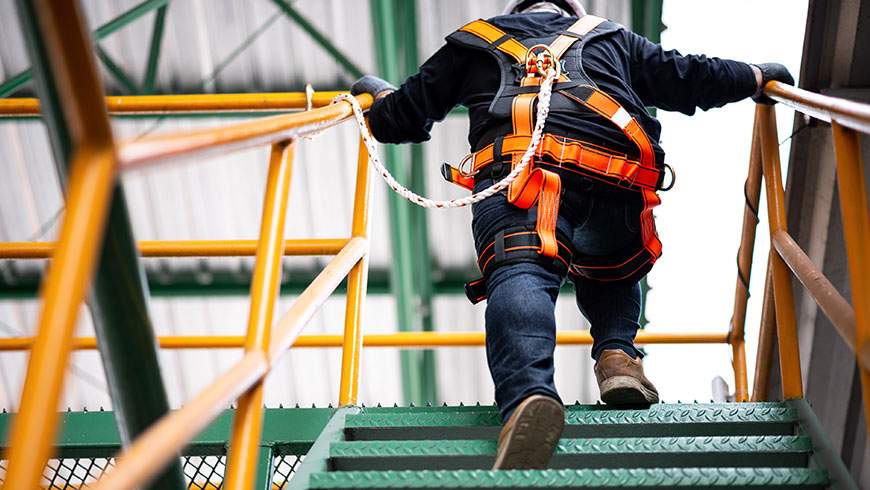Ten Most Common Workplace Accidents
All types of workers, including office workers, can be injured in any number of ways. However, the following are among the most commonly occurring accidents that cause injury to workers:
- This has been consistently the most common workplace injury. It can result from lifting, pulling, pushing, throwing, holding, or carrying.
- Slip or Trip and Fall. This type of injury occurs when workers slip on wet or slippery floors or walks or trip over something on the floor or the ground.
- Falling from Heights. Falls from roofs, ladders, stairways, or other elevated surfaces can be caused by faulty equipment or slip and fall accidents.
- Reaction Injuries. When a worker slips or trips without falling, the reaction can cause muscle injuries, body trauma, and other medical issues.
- Falling Objects. Objects dropped by another person or falling from shelves can cause serious injury to workers. Many brain injuries result from falling objects.
- Walking into Something. Injuries can result when a worker accidentally walks into solid objects such as walls, glass windows, doors, cabinets, or furniture.
- Vehicle Accidents. Workers who drive on the job can be injured in auto accidents.
- Machinery Entanglement. This type of injury is most common in factories and workplaces where heavy equipment and machinery are used.
- Repetitive Motion Injuries. These injuries are caused by repetitive actions such as typing or working on a computer for long periods of time. They can cause carpel tunnel syndrome, impaired vision, back pain, and strained muscles and tendons.
- Violence in the Workplace. This involves arguments leading to acts of physical violence by workers against other workers.
Workers’ Compensation Benefits for Injured Workers
Fortunately, most workers injured on the job are eligible to receive workers’ compensation benefits. Depending on the circumstances in a particular injury, workers comp may provide medical care, temporary disability benefits (total or partial), permanent disability benefits (total or partial), vocational rehabilitation if needed, and death benefits for the dependents of workers who did not survive their accidents.
Total temporary disability benefits are paid when the worker’s physician will not allow a return to work for a period of time. It is generally paid at the rate of 2/3 of the worker’s average weekly earnings. Partial temporary disability benefits are paid when the worker is only allowed to return to work on a part time basis. Benefits are paid at the rate of 2/3 of the difference between the worker’s part-time and full-time pay. Permanent partial disability benefits depend on the disability rating or percentage of disability the worker is assigned. Total permanent disability is assigned a disability rating of 100% and paid accordingly.
Workers’ compensation claims can be complicated. Particularly with accidents that result in permanent disability, the advice and guidance of an experienced workers’ compensation attorney can be beneficial to an injured worker in obtaining the maximum benefits he or she is entitled to receive.

